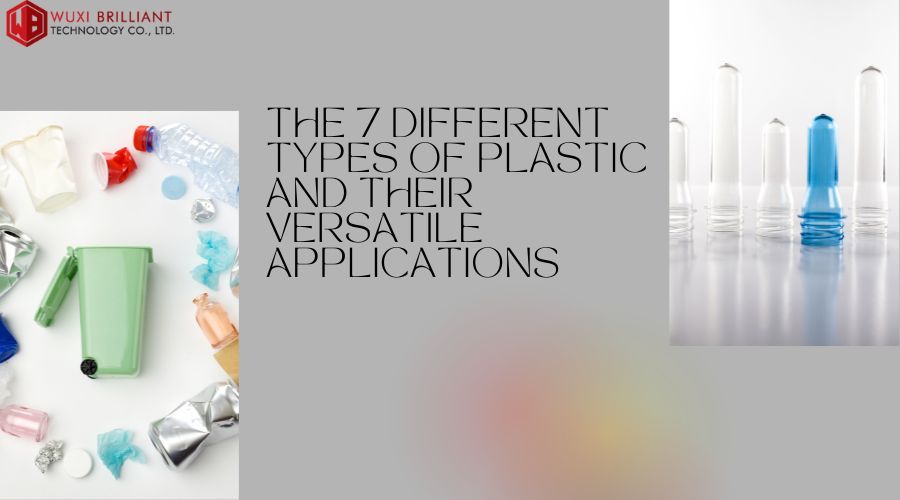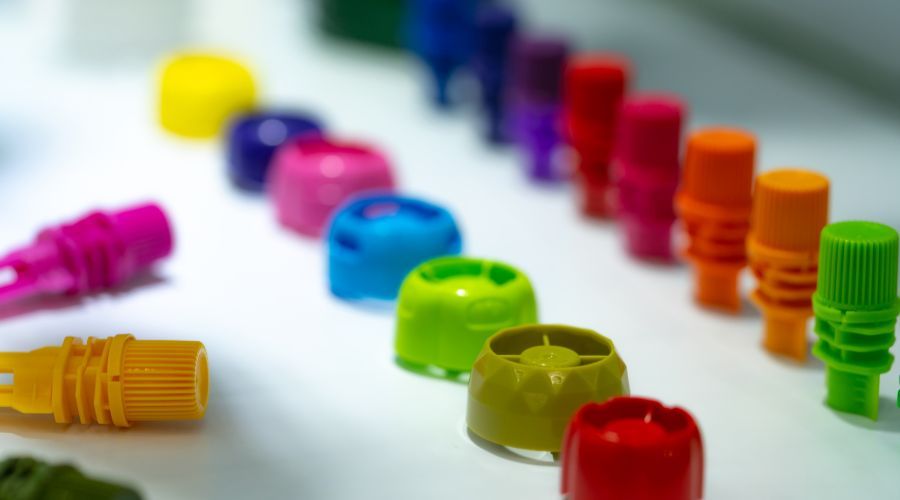
At Brilliantplastics, we are dedicated to providing comprehensive information about the various types of plastic and their wide-ranging applications. As industry leaders with expertise in plastics, we understand the importance of choosing the right material for your specific needs. In this article, we will delve into the intricacies of seven popular types of plastic, highlighting their unique properties and shedding light on their diverse uses.
Acrylic, also known as Polymethyl Methacrylate (PMMA), is a transparent thermoplastic widely recognized for its versatility. It serves as a lightweight and shatter-resistant alternative to glass, making it highly sought after for various applications. Acrylic is commonly used in sheet form to create products such as acrylic mirrors and acrylic plexiglass. This transparent plastic can be customized with features such as coloration, fluorescence, abrasion resistance, bullet resistance, UV tolerance, non-glare properties, and anti-static properties. Compared to glass and polycarbonate sheeting, acrylic boasts a remarkable seventeen times greater impact resistance than glass. It is also easier to handle and process, offering limitless possibilities across numerous industries.
Polycarbonate stands out as an exceptional engineering plastic due to its remarkable strength, stability, and transparency. Clear polycarbonate sheets are as clear as glass but possess a strength that is two hundred and fifty times greater. Compared to acrylic, polycarbonate is thirty times stronger and offers inherent design flexibility. Its unique properties allow for easy manipulation, molding, and thermoforming. Polycarbonate plastic sheets can be cut or cold-formed on site without the need for pre-forming and fabrication, setting it apart from glass and acrylic alternatives. This versatile plastic finds application in various products, ranging from greenhouses and DVDs to sunglasses and police riot gear.
Polyethylene, the most common plastic on Earth, exhibits remarkable versatility due to its varying densities. Each density of polyethylene results in distinct physical properties, making it suitable for a wide range of applications. Let's explore the four common polyethylene densities:
LDPE, known for its ductility, is commonly used in the manufacturing of shopping bags, plastic bags, clear food containers, and disposable packaging.
MDPE, possessing greater density and more polymer chains, finds application in gas pipes, shrink film, carrier bags, screw closures, and more.
HDPE, more rigid than LDPE and MDPE, is utilized in plastic bottles, water and sewer piping, snowboards, boats, folding chairs, and various other products.
UHMWPE, only slightly denser than HDPE, exhibits exceptional abrasion resistance due to the extreme length of its polymer chains. This material is employed in military body armor, hydraulic seals and bearings, biomaterial for implants, and artificial ice skating rinks.

Polypropylene, the world's second-most widely produced synthetic plastic, is known for its flexibility and strength. While stronger than polyethylene, PP retains its flexibility and does not crack under repeated stress. It boasts attributes such as durability, flexibility, heat resistance, acid resistance, and affordability. Polypropylene sheets are used in the manufacturing of laboratory equipment, automotive parts, medical devices, food containers, and more.
Polyethylene Terephthalate (PET) is the most common thermoplastic resin in the polyester family. It offers excellent resistance to organic materials and water while being easily recyclable. PET is practically shatterproof and possesses an impressive strength-to-weight ratio. This plastic finds use in fibers for clothing, containers for food and liquids, glass fiber for engineering resins, carbon nanotubes, and many other everyday products.
Polyvinyl Chloride (PVC), the third-most produced synthetic plastic polymer, can be manufactured to possess both rigid and flexible properties. It is highly regarded for its compatibility with other materials and is widely utilized in various industries. Expanded PVC sheets, for instance, are a foamed polyvinyl chloride material ideal for applications such as kiosks, store displays, and exhibits. The rigid form of PVC is commonly used in construction materials, doors, windows, bottles, and non-food packaging. By incorporating plasticizers like phthalates, PVC can be made into a softer and more flexible form, suitable for plumbing products, electrical cable insulation, clothing, medical tubing, and other similar items.
Acrylonitrile-Butadiene-Styrene (ABS) is a durable and flexible plastic created through the polymerization of styrene and acrylonitrile in the presence of polybutadiene. ABS boasts a glossy appearance, high impact resistance, and excellent processability. It can be manufactured in various thicknesses, making it suitable for a wide range of applications. ABS plastic sheeting finds common usage in the automotive and refrigeration industries, as well as in products such as boxes, gauges, protective headgear, luggage, and children's toys.
At Brilliantplastics.com, we pride ourselves on our extensive knowledge of industrial plastics and their infinite uses. Whether you require assistance in selecting the right material for your project or need guidance on specific applications, our team of experts is here to help. Contact us today to discover the possibilities that industrial plastics can offer.
In this informative article, we have explored the seven most popular types of plastic: acrylic, polycarbonate, polyethylene, polypropylene, polyethylene terephthalate, polyvinyl chloride, and acrylonitrile-butadiene-styrene. Each type of plastic possesses distinct characteristics that make it suitable for various applications across industries. At Brilliantplastics, we are committed to providing you with the knowledge and expertise to choose the right plastic material for your specific needs. Contact us today and let us help you in finding the perfect solution for your project.